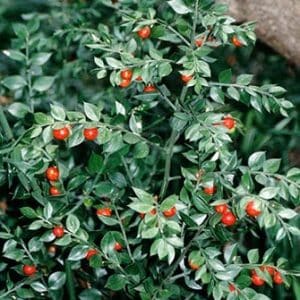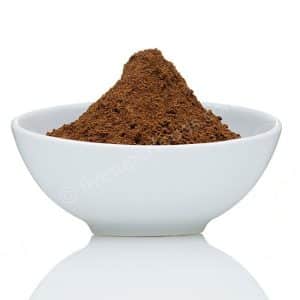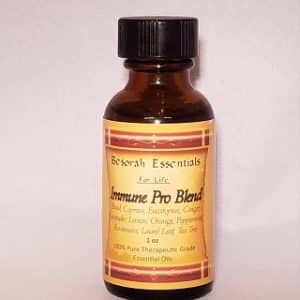Balm and bees have been linked since ancient times. Therefore, it was only natural that the botanical name for this herb would be Melissa, the Greek word for honey bee. In addition, lemon balm has the same healing and tonic properties as honey and royal jelly; and, when the plants are introduced near hives, they help attract new members to the colony.
Lemon Balm has been used medicinally for over 2,000 years to treat such conditions as digestive upsets, sleep problems, depression, skin sores, repelling mosquitoes and ease the itching of insect bites, and ease muscle spasms and menstrual cramps.
The Roman scholar Pliny and the Greek physician Dioscorides recommended it as did Nicholas Culpeper, the famous English herbalist in his 1653 Complete Herbal.
Charlemagne ordered that it be planted in every monastery garden.
A favorite herb of medieval times, it was known as an elixir of youth. The alchemist Paracelsus made a preparation called primum ens melissae that was used well into the 18th century as a preparation to renew youth.
Gerard said that the herb comforteth the hart and driveth away all sadnesse.
The Shakers of North America were fond of lemon balm, using it for female reproductive health, including menstrual and birth difficulties and conception. They grew and sold it in great quantities in the mid-1800s.
Colonists brought it to the New World, and Thomas Jefferson grew it at Monticello.
It has has long been believed that if lemon balm were taken regularly, it would increase longevity.
Key Actions
Key Components




